
While Japanese and Chinese both use kanji, travelers from Chinese-speaking regions often find it easier to navigate Japan compared to those from other language backgrounds. The shared characters can certainly help reduce language barriers.
However, there are plenty of kanji in Japanese that don’t mean what you might expect—or even use the same characters in completely different ways. Here, we’ve rounded up some commonly seen but easily misunderstood kanji you’ll encounter while traveling in Japan. Next time you see them, you’ll know exactly what they mean—making your trip smoother and less stressful.
Tourism Essentials: Kanji You’ll See While Traveling in Japan
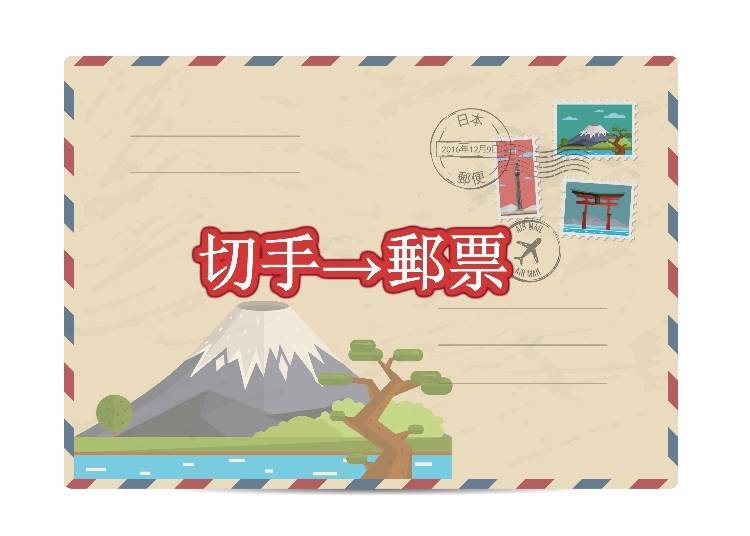
支度、仕度、準備中 (Shitaku/Shitaku-chuu/Junbi-chuu)
If you see a sign that says “支度中” or "準備中" hanging at a shop entrance, it means the store is currently getting ready to open—often before business hours or during a midday break. Come back a little later when they’re open for service.
受付 (Uketsuke)
This kanji shows up at hotels, tourist centers, office buildings, and more. It simply refers to a front desk or reception area.
遠慮 (Enryo)
Phrases like “Xご遠慮ください” are commonly seen in public places. It’s a polite way of saying “Please refrain from doing X.” Whether it’s no smoking, no eating, or no loud conversations, it reflects the Japanese tendency toward indirect and considerate communication.
切手 (Kitte)
Want to send a postcard? Look for the word “切手”—it means “postage stamp.” You’ll find it at post offices and some convenience stores, often written as “切手販売中.” Don’t worry, it’s not something scary—just stamps for sale!
案内 (Annai)
“案内所” may look vague at first, but it refers to an information desk or help counter—perfect for when you’re lost or need sightseeing tips.
足元注意 (Ashimoto chuui)
Often spotted near stairs or slopes, this phrase means “Watch your step.” It’s a reminder to be careful where you walk to avoid tripping.
Restaurant Kanji: What to Know Before You Order
注文 (Chuumon)
“注文” means “to order” and is a word you’ll definitely encounter at restaurants. After being seated, the staff might ask “ご注文は…” (“gochuumon wa...”)—meaning “What would you like to order?” Some places also have a call button at the table labeled “注文,” which you can press when ready to order.
旬 (Shun)
Many restaurants highlight dishes made with seasonal ingredients. If you see “旬の食材” on the menu, it means they’re using what’s in season for the best flavor.
放題 (Houdai)
Buffet lovers, take note—“放題” means “all you can eat” or “all you can drink.” “食べ放題” is an all-you-can-eat meal, while “飲み放題” means unlimited drinks. Any item followed by “放題” means you can enjoy as much as you like.
無料 (Muryou)
“無料” means free of charge, while “有料” means there’s a fee. The character “料” relates to cost, so keep an eye out for these signs at restaurants.
会計 (Kaikei)
In Japanese, “会計” means “checkout” or “bill.” When you’re done eating, say “お会計お願いします (Okaikei onegaishimasu)” to request the bill.
Shopping Kanji: Handy Words to Know While Browsing in Japan
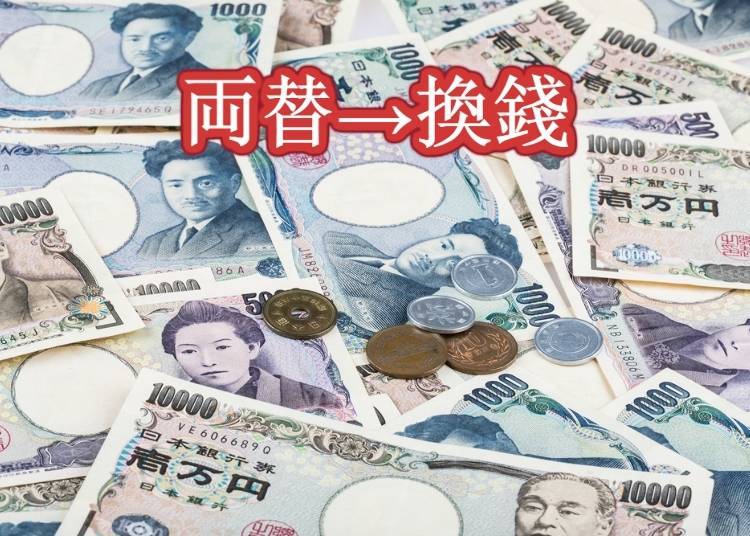
両替 (Ryougae)
Running low on yen? Look for signs that say “外貨両替” to exchange foreign currency. You’ll also see “両替機” at game centers, where you can break large bills into coins for claw machines or capsule toys.
値引、割引 (Nebiki / Waribiki)
Both terms refer to discounts. For example, “20%割引” means 20% off the original price. If you’re bargain-hunting, these are great kanji to recognize!
特典 (Tokuten)
“特典” refers to special deals or bonuses—like free gifts, limited-time discounts, or exclusive offers. Think of it as a perk or promotional benefit.
在庫 (Zaiko)
This word means stock or inventory. “在庫残少” means stock is running low, while “在庫あり” means it’s still available. Popular products often have these labels to create urgency.
目玉商品 (Medama shouhin)
Literally “eye-catching item,” this refers to a store’s featured or star product. It’s what the shop is promoting most prominently.
現品限り (Genpin kagiri)
This means “limited to stock on hand” or “display item only.” If you see something marked with this and you like it, don’t wait—it might be gone soon!
品切れ (Shinakire)
“品切れ” means the item is sold out or temporarily out of stock. If it’s something you really want, ask the staff if or when it’ll be restocked.
見本 (Mihon)
This means “sample” or “display item.” Products marked with “見本” are just for reference or trying out—not for sale.
Building & Facility Kanji: What These Signs Really Mean
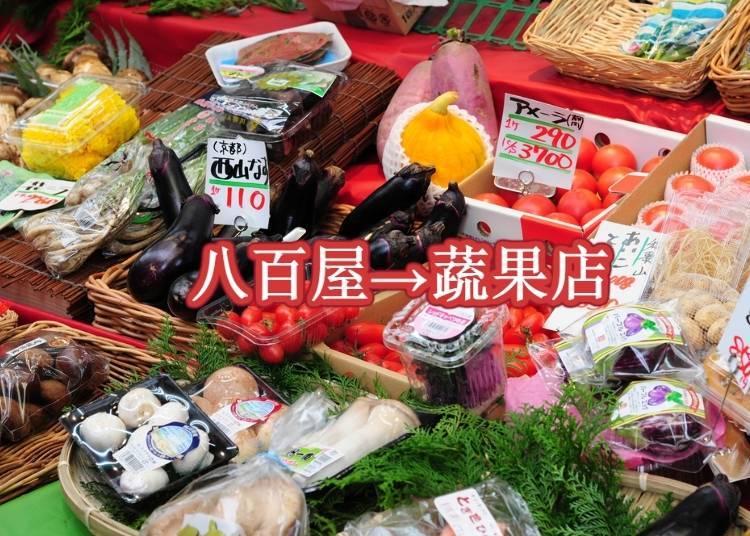
交番 (Kouban)
“交番” refers to a neighborhood police box or small local police station. These are easy to find in both city centers and residential areas, and you can go there for help if you're lost or need assistance.
駐輪場 (Chuurinjou)
This is a designated bicycle parking area. In Japan, bikes must be parked in these proper spots. Don’t confuse it with “駐車場,” which is a car parking lot—they’re different!
Other Useful Kanji You’ll See Often in Japan
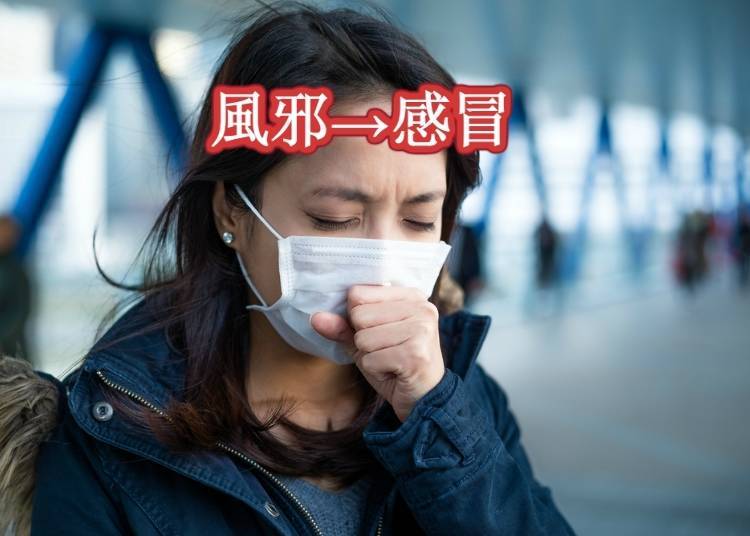
御手洗 (Otearai)
This is a formal way to say restroom or toilet, often seen at traditional places like shrines and temples. You may also see it written as “お手洗” or “お手洗い.”
荷物 (Nimotsu)
This means luggage or baggage. At stations or tourist information centers, look for signs like “荷物預かり所” to find baggage storage services.
贅沢 (Zeitaku)
Used to express luxury or indulgence, this word often appears on food, drinks, or cosmetic products to highlight richness or quality—like “贅沢保湿” (luxuriously moisturizing) on facial tissues.
風邪 (Kaze)
Need cold medicine at a drugstore? Look for this word—“風邪” means “cold” (as in illness).
*Prices and options mentioned are subject to change.
*Unless stated otherwise, all prices include tax.
Popular Tours & Activitiess
Recommended places for you
-

ISHIDAYA Hanare
Yakiniku
Kobe, Sannomiya, Kitano
-

Jukuseiniku-to Namamottsuarera Nikubaru Italian Nikutaria Sannomiya
Izakaya
Kobe, Sannomiya, Kitano
-
Appealing

Rukku and Uohei
Izakaya
Sapporo / Chitose
-

Kambei Sannomiyahonten
Yakiniku
Kobe, Sannomiya, Kitano
-
Goods
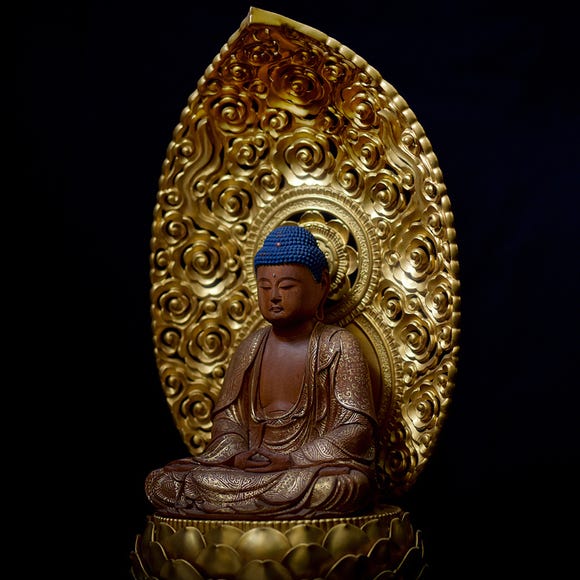
Yoshida Gennojo-Roho Kyoto Buddhist Altars
Gift Shops
Nijo Castle, Kyoto Imperial Palace
-

Kanzenkoshitsuyakinikutabehodai Gyugyu Paradise Sannomiya
Yakiniku
Kobe, Sannomiya, Kitano
-

2025 Japan Autumn Color Report: Tokyo's Ginkgo Trees Starting to Glow
by: Timothy Sullivan
-

See Asakusa and Tokyo Skytree® in a New Light at the "Také Akari" Festival (Winter 2025-2026)
by: Guest Contributor
-

Don't Miss Out! The One Thing You Must Do Before Shopping at Mitsui Shopping Park LaLaport: Get Your Max 10% OFF Coupon Book
-

2025 Autumn Colors Report: Kurobe Gorge Nearing Peak
by: Timothy Sullivan
-

Black Friday 2025: These Are THE Japan Travel & Shopping Deals to Check Out
-

Enjoy Japan's Gorgeous Winter Lights! Ride the Romancecar to Shonan no Hoseki Illumination
by: Guest Contributor
-

Cherry Blossoms in Tokyo: 12 of the City's Best Places for Sakura in 2025
-
Ad

Pop Culture Paradise: Find All Your Favorite Characters at Sunshine City in Ikebukuro
by: Naho Jishikyu
-

5 Popular Shops and Gift Ideas Along Arashiyama Shopping Street
-

Todai-ji Temple: Home to the Great Buddha of Nara - And a Nose Hole That Brings You Luck!?
by: WESTPLAN
-

5 Furano Hotels: Unique Family-Friendly Accommodations For the Perfect Stay
-

Dotonbori Konamon Museum: Revealing the Sensation of World-Famous Takoyaki in Osaka!
- #best sushi japan
- #what to do in odaiba
- #what to bring to japan
- #new years in tokyo
- #best ramen japan
- #what to buy in ameyoko
- #japanese nail trends
- #things to do japan
- #onsen tattoo friendly tokyo
- #daiso
- #best coffee japan
- #best japanese soft drinks
- #best yakiniku japan
- #japanese fashion culture
- #japanese convenience store snacks












